читайте также
 Office Leasing in 2025: Less Space, Higher Demands — C&W Study
Office Leasing in 2025: Less Space, Higher Demands — C&W Study
 Buying Property in Italy: The Preliminary Contract and Key Risks
Buying Property in Italy: The Preliminary Contract and Key Risks
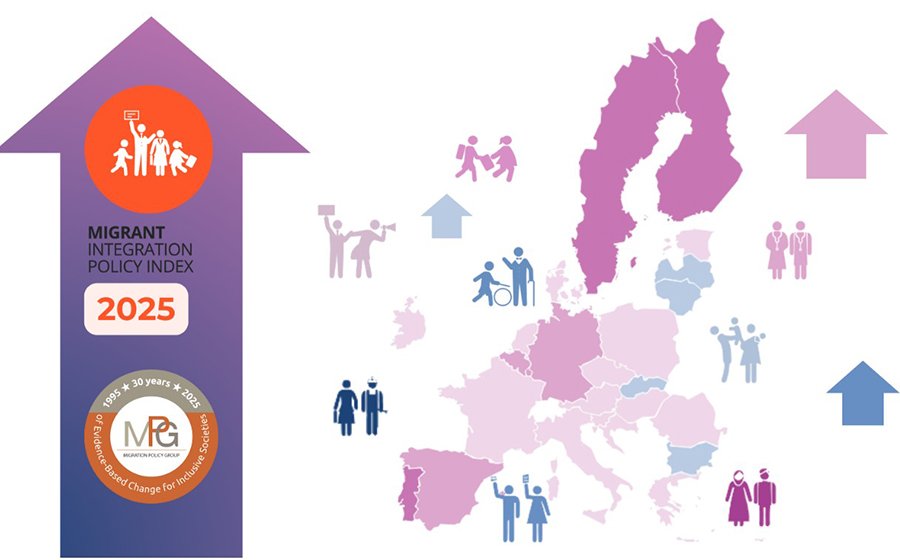 Migrant Integration Index 2025: Europe Is Losing Momentum
Migrant Integration Index 2025: Europe Is Losing Momentum
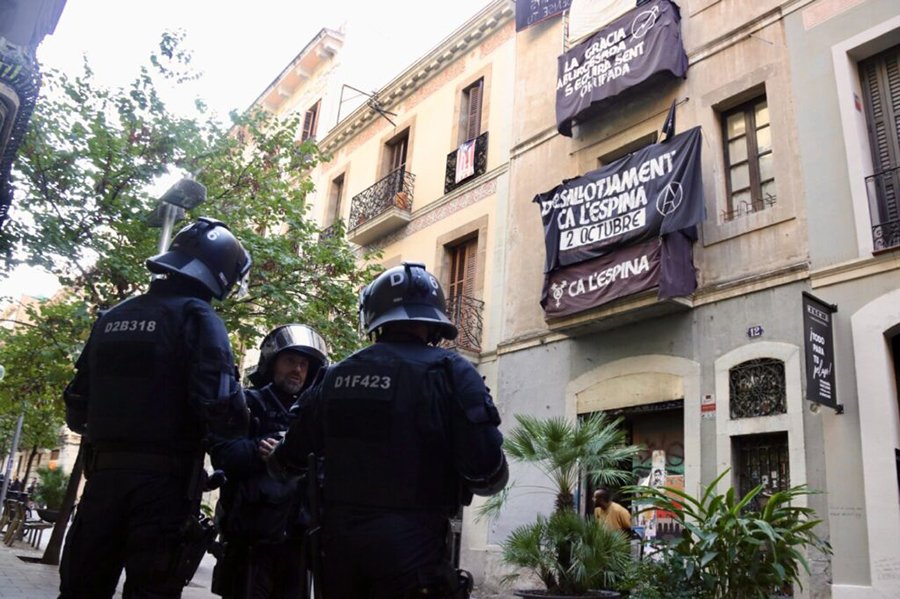 High-Profile Eviction in Barcelona: Police Clear Ca l’Espina Squat
High-Profile Eviction in Barcelona: Police Clear Ca l’Espina Squat
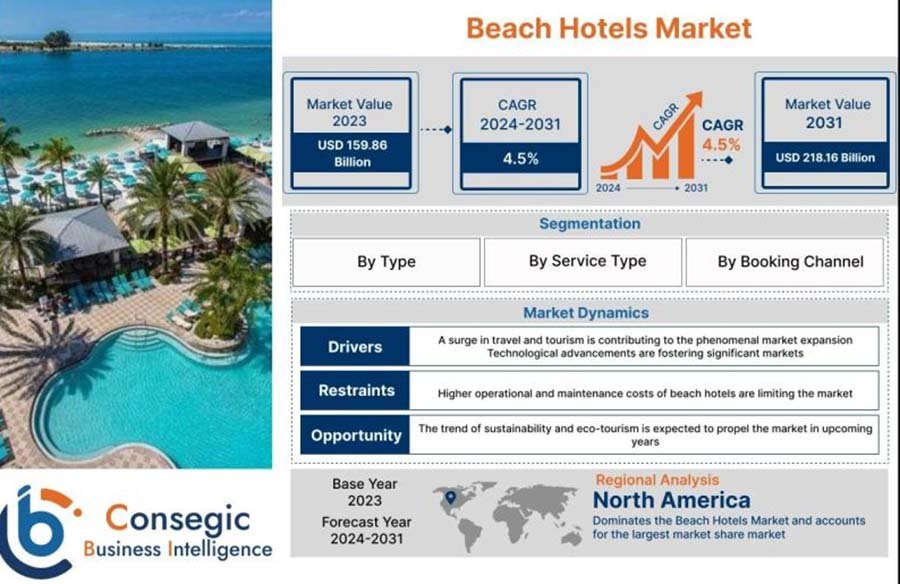 Beach Hotels: Investment Appeal, Profitability, and Emerging Destinations
Beach Hotels: Investment Appeal, Profitability, and Emerging Destinations
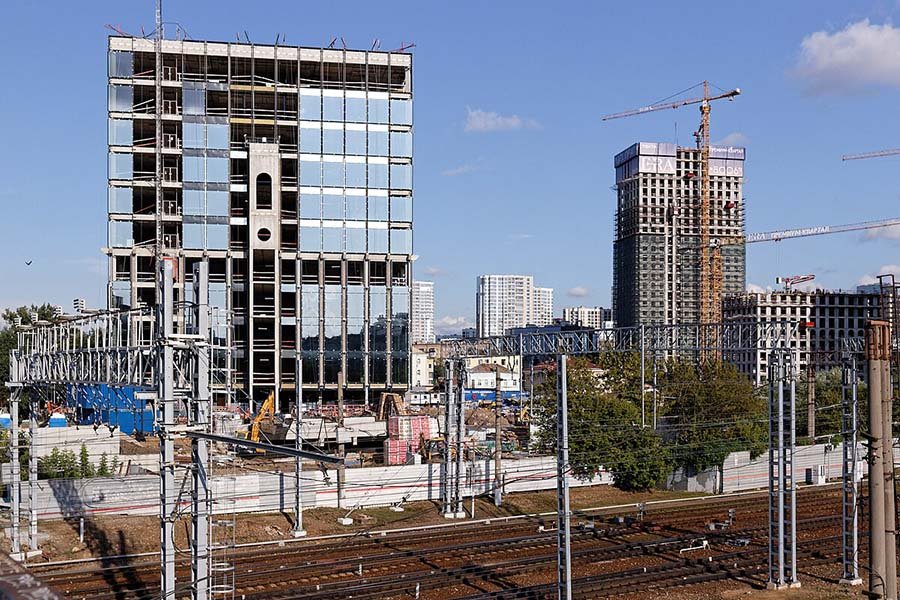 Housing in Moscow’s New Builds Costs 48% More Than Ready to Move In Homes
Housing in Moscow’s New Builds Costs 48% More Than Ready to Move In Homes
Saudi Arabia Launches a Luxury Housing Market for the Ultra-Wealthy
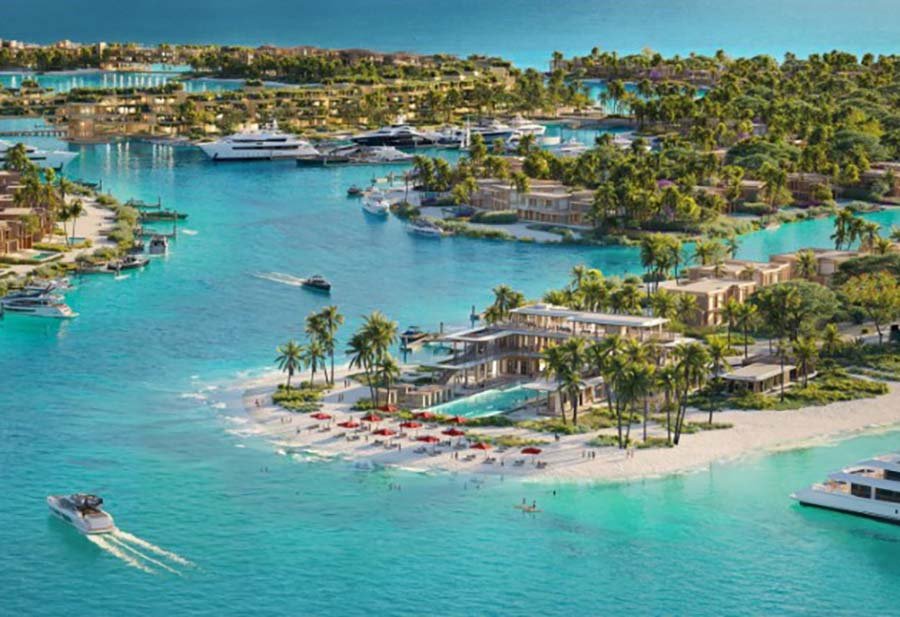
Photo: bwbx.io
Saudi Arabia is shifting policy to court foreign investors and ultra-high-net-worth buyers, Bloomberg
reports. The goal is to turn the kingdom into a prestige leisure destination and a key node on the global map of prime property. To that end, massive developments are launching along the Red Sea coast, positioning the country as a hub of luxury and tourism.
On Laheq Island in the Red Sea, Red Sea Global is building its first residential complex. The company, part of Saudi Arabia’s sovereign wealth fund (assets ≈ $1 trillion), previously focused on hotels and resorts. Apartment prices start at SAR 5.5 million ($1.5 million), while villas range from SAR 18 million to 150 million ($4.8–40 million). Plans call for 528 villas and 221 apartments, plus a golf course, marina, beach club, sailing and diving schools, a traditional souk, and two hotels. The southern section of the island could open as early as 2028. Created after lagoon deepening, the island is envisioned as an eco-minded “green community” for affluent clients.
Steven Cheesbrough, head of development for Red Sea Project, noted strong interest. Some buyers view the project as multi-generational residences; others as an investment in an exclusive, secluded destination. Clients reportedly include foreign investors and celebrities, among them a Premier League footballer (undisclosed). Sales have already reached SAR 1.5 billion ($400 million), with another SAR 2 billion ($533 million) expected by year-end.
The Red Sea projects target buyers who see Saudi Arabia as a new holiday address and a prestige second- or third-home location. Authorities also believe premium offerings can appeal to Hajj pilgrims. Infrastructure is being ramped up: a new airport has opened, international flight frequencies are rising, and Red Sea Global operates five hotels with 11 resorts in the pipeline. Top-tier hotel rates currently reach SAR 7,000 ($1,866) per night, but the developer plans to reduce the share of ultra-luxury and broaden the range to attract not only billionaires but also higher-end mass-market tourists.
This activity contrasts with delays at other “giga-projects,” including NEOM in northwest Saudi Arabia. Still, the new initiatives align with the government’s updated strategy. Notably, in early 2025 foreigners were allowed to invest even in companies owning real estate in Mecca and Medina.
In parallel, premium residence programs are in place: eligibility requires investing at least $1.9 million in a business or $1.1 million in mortgage-free real estate. This residence status offers multiple-entry rights, property ownership, and family benefits. In 2025, a new Investment Law takes effect to simplify registration and protect assets from expropriation, while maintaining prohibitions in sectors such as oil extraction, military technology, and Hajj/Umrah tourist services.
For now, Saudi Arabia’s ultra-luxury housing segment is nascent. Faisal Durrani of Knight Frank notes that buyer numbers remain limited compared with Dubai. Prices have spiked: since 2019, apartment prices are up 96%, villas 53%. Over the past year, however, transactions have slowed on affordability concerns. Crown Prince Mohammed bin Salman called the current pace of increase “unacceptable” and pledged to rein in prices—unlikely to please investors banking on rapid capital gains.
Other risks persist: social restrictions (including the alcohol ban) and conservative conduct rules. The need to work through local intermediaries can also deter foreigners and complicate deals.
Tax and financial barriers are significant. VAT was introduced at 5% in 2018 and raised to 15% from 1 July 2020, with the risk of further changes. Since 2020, a Real Estate Transaction Tax (RETT) of 5% has applied; in 2025 the rate has been maintained.
Since 2016, the White Land Tax (WLT) has targeted vacant urban plots to spur development. 2025 amendments expanded its scope and raised the rate to 10% for certain land categories.
Average rental yields have declined from 7.95% to 7.34% between January and autumn, according to Global Property Guide. Systemic risks also matter: construction delays and project cost inflation remain common, undermining predictability. Capital Economics warns of a potential market cooling [leech=https://www.capitaleconomics.com/publications/middle-east-north-africa-economics-update/saudi-arabias-real-estate-boom-not-concern]if
non-oil sectors slow**. That makes long-term investments riskier and heightens dependence on policy decisions.





